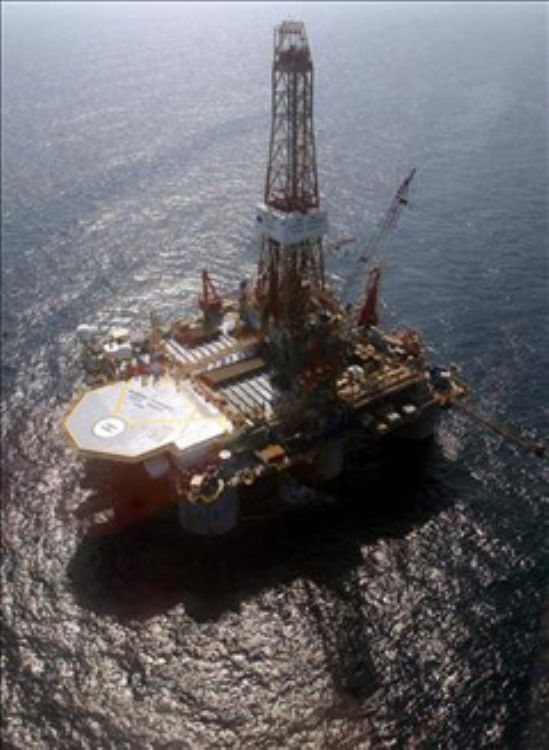
About Teotihuacan
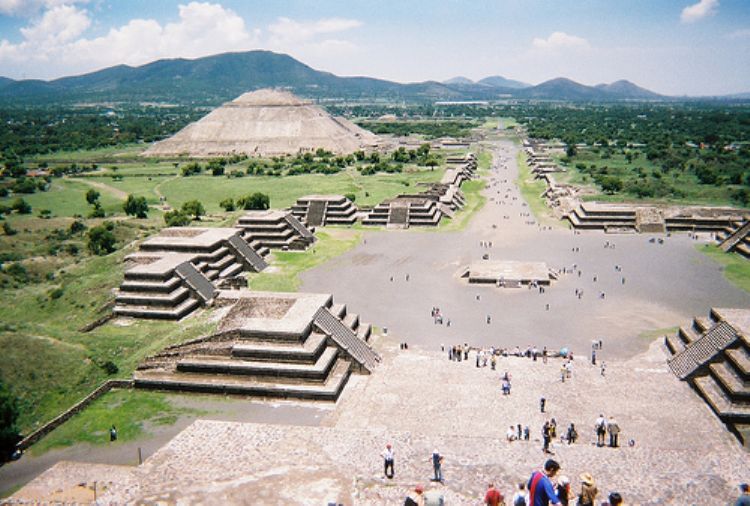
n náhuatl it refers to the place where the gods are born. We must remember it during its years of splendor; hundreds of persons transited through its avenues for reaching Mexico Valley, towards the Tlaxcaltecas and Mixtecas.
In the year 600 BC., its early years, residents had primary activities such as the elaboration of flint objects, which is abundant in the region. This was probably their first incursion in exchange, later transforming into a great commercial city.
Teotihuacan raises 7400 feet above sea level, north of Texcoco Lake, another important site of urban concentration in the pre-Columbian world. Geographically it is surrounded by impressive mountains; on the south by Patlochique, to the north by Cerro Gordo, on the west by Chiconautla and the east has terrains of much lower height, originated by the volcanic activity of the zone. The first exchange started with material objects like obsidian, tezontle and mineral paintings extracted from nearby areas.
Regarding the architectural set, it is organized according to a north to south three mile long line, known as "âCalzada de los Muertos"â (road of the dead). In the northern region, the road is crowned by the Pyramid of the Moon, for guiding walkers to the magnificent Pyramid of the Sun.
As in many other cases, this city was planned for hosting priestly and political-administrative classes in the main buildings, locating around it the population that carried out the daily activities of commerce, art and religious life. It is important to mention that even though their lives were centered on religion, the urban and social order was very clear, the areas were divided into neighborhoods with a specific function in the economic and social weave.
The religious importance of Teotihuacan resides in the town's cosmogony, birthplace of the Fifth Sun, also used to worship Quetzalcoatl. The civilian as well as religious buildings are testimony of the writing system sustaining administration and commerce, integrated by elements like points and lines. They were truly wise and developed in science and astronomy; they had divided their calendar into 260 days, also corresponding to precise astronomic cycles, with knowledge on the benefits of herbology, besides urban architecture.
Like all the Mexica society, social groups were signaled by social strata, corresponding to their tasks. In the summit was the king or priest, and next to him other important characters carrying out the rituals of religious life. However, in much less important levels were the groups of merchants, artisans and farmers helping sustain spiritual practices and the common life of all other residents.
The great constructions were, to a certain extent, the economy's engine by gathering a great number of constructors, artisans and artists, also promoting the predomination of knowledge reached in all sciences.
Contrary to other groups in the region, the ones in Teotihuacan seem to have been peaceful, and even though not extent from war, they were less dedicated to the religious life centered on local cult.
The main gods worshiped in the city were the god of rain and fertility, Tlaloc, accompanied by the female mage of Chalchiutlicue and the god of creation, the Feathered Serpent. Huehuetétol or Old God, in charge of fire and renovation, is one of the gods that the sites of Teotihuacan were dedicated to.
Still in the site are frescos in red and green of former religions, some referring to agricultural and natural rain cycles.
Ornamental objects and sculptures were found in the site's excavations, characterized by a solid structure made of basalt and sculpted in geometric forms.
For the construction of its buildings, the river's flow and land composition were minutely studied because the Pyramid of the Sun was destined to contain the site's batters and hydraulic system.
The construction of the great Pyramid of the Sun involved an admirable technique, constructed over another of lesser size. For example, one of its elements is the masonry pillar sustaining flat surface ceilings, the same predisposed for the entrance to the sunken patios, accessed through stairs. The Pyramid of the Moon also has a very strong structure, with stones of great size that don't slip thanks to their cut.
Both pyramids date from 100 BC. to 200 BC. The Avenue of the Dead is 130 feet wide, directing people towards the smaller temples and palaces, but still safeguarding paintings, sculptures and architectural lines as the ones mentioned.
The Pyramid of the Sun is titled 17°, coinciding with the Zenith on May 20 and June 18, an architectural pretension profoundly linked to the cult of the stars. Its base measures 243 yards from east to west and slightly more, 246 yards, from north to south. It is 70 yards high and elevates with five bodies, covered in stucco and an adobe and soil nucleus, giving the construction an impressive strength, with a simple but monumental geometric shape.
Finally, the Pyramid of the Moon, completing the duality, measures 165 yards on its east-west side and 142 yards north to south. It also has five structural bodies, all with staircases. This is more imposing than other smaller constructions, but they all follow the same horizontal line, crowning the Calzada de los Muertos.
Teotihuacan can be reached from Mexico City by the highway to Pachuca, located on Insurgentes Avenue North. A few minutes after the toll booth is a detour to the Pyramids. If reached by bus, the Indios Verdes subway station of line three runs there, or by taking the bus from the North Bus Station, which also has a direct route to Teotihuacan. From any of those spots, the trip is less than an hour long.
Articles Releated with Teotihuacan

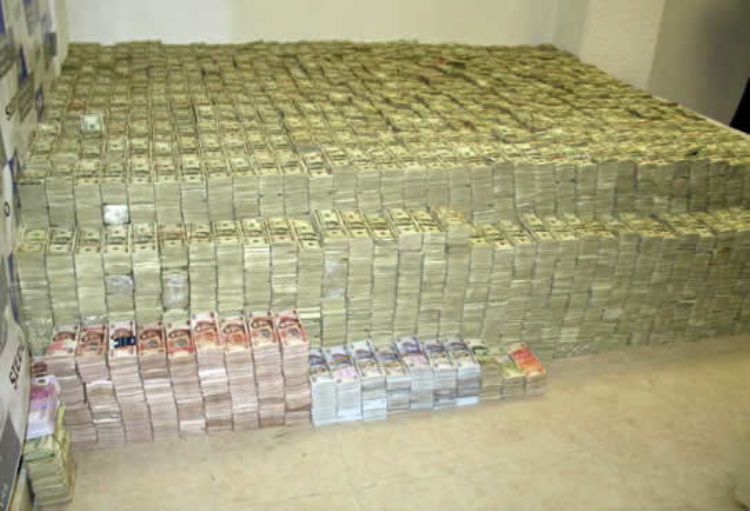
The figures, regarding drug trafficking in México
Lately, this seems to be the hot topic no matter the soci...
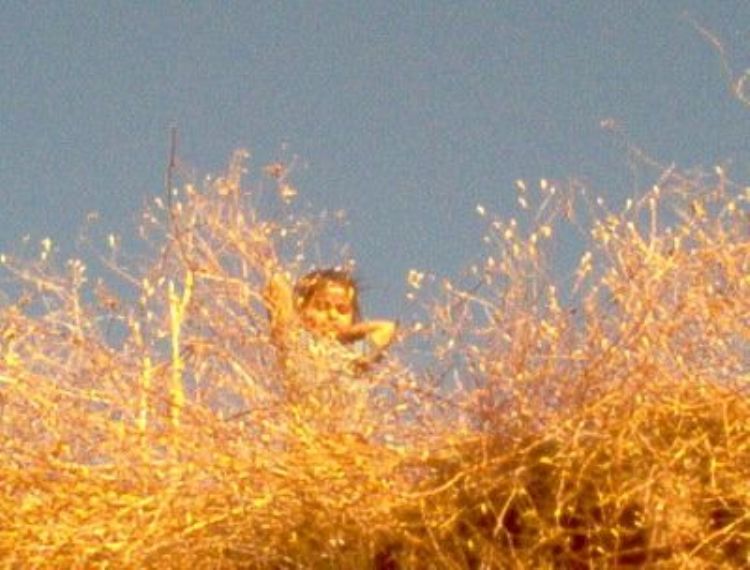
Poverty in Mexico and the Poorest States
Different international organisms have developed instrume...

.jpg)
Mexicoâs World Cultural Heritage Sites I (from 1987-1992)
One of UNESCOâs goals is for men and women to have spir...
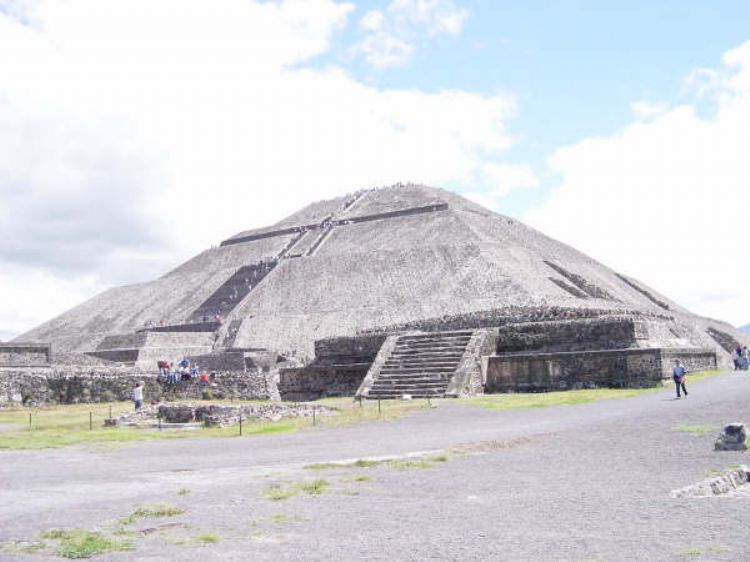
Teotihuacan, Amazing Archaeological Site
In náhuatl it refers to the place where the gods a...
Most Viewed
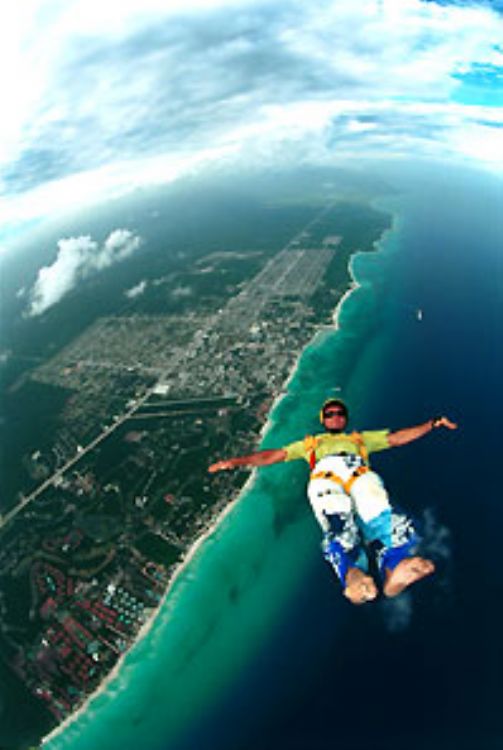
The Best places in Mexico for Skydiving
There are many places in Mexico where you can practice th...
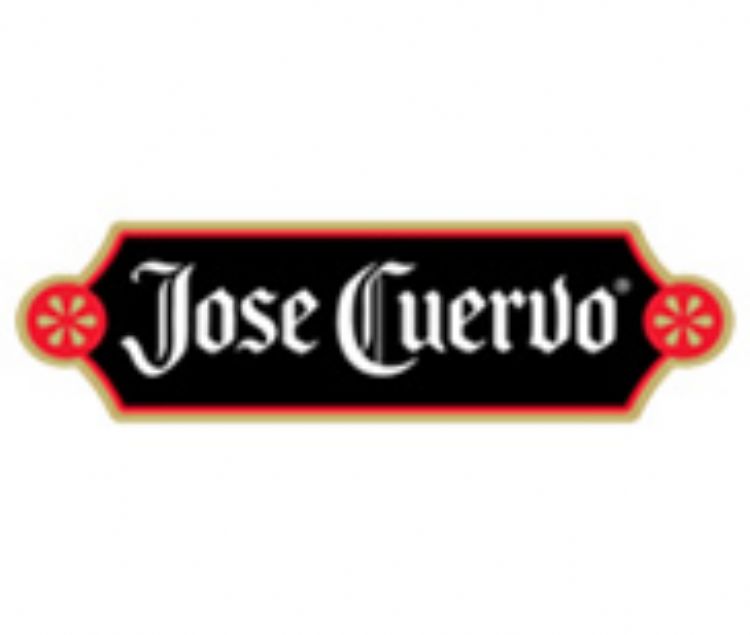
The Main Manufacturers of Tequila in Mexico
Although there are several brands selling tequila (or a c...
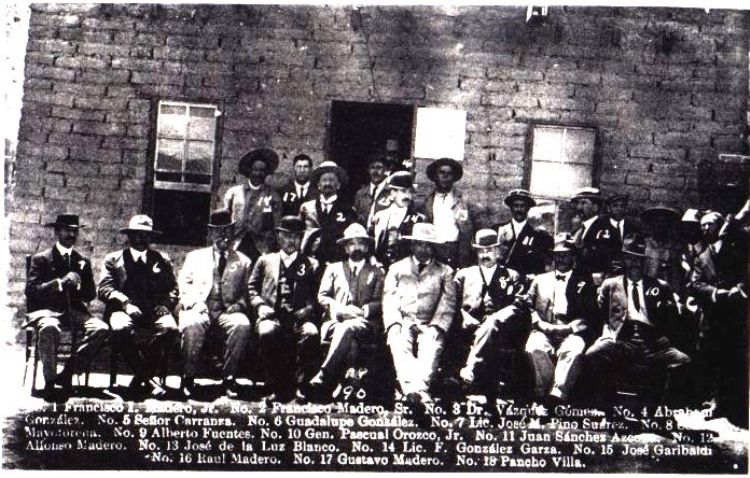
The Mexican Revolution, November 20th
During the 19th century, the country had many battles, no...
